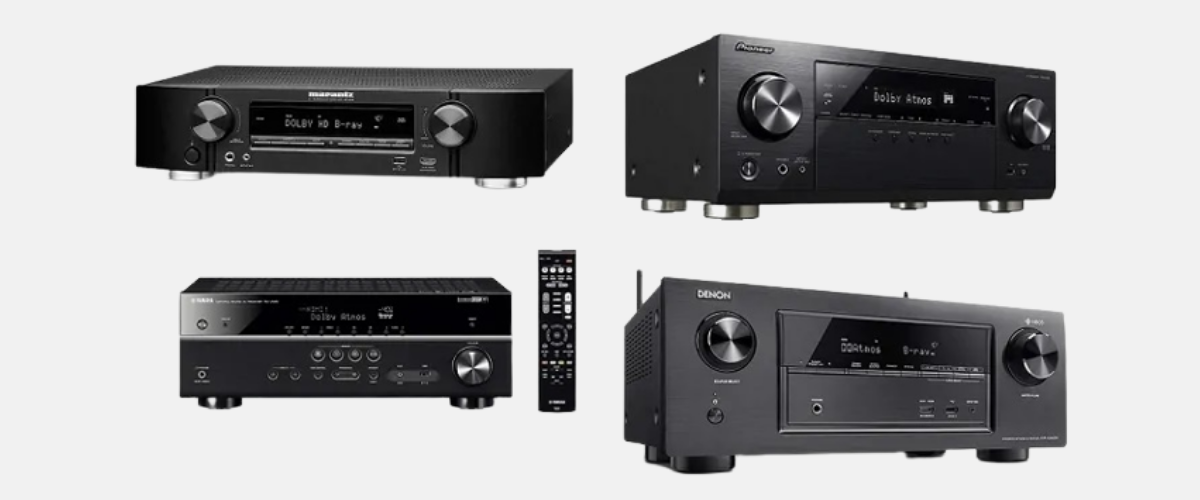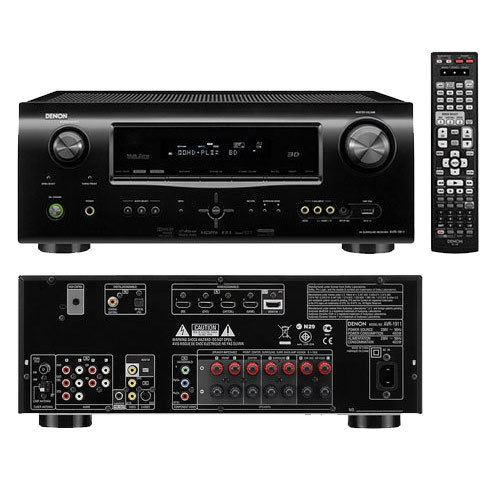What does an AV Receiver do?
The A/V receiver or AVR is the hub of a home theatre or home cinema. An A/V receiver is the electronic consumer component that controls and drives your home theatre experience. Before you can evaluate A/V receivers, you need a good understanding of exactly what an A/V receiver does. Connects and switches your audio sources: Every audio source in your home theatre should connect to your A/V receiver. The preamplifier section of the AV receiver allows you to easily switch or select the audio sources that you want to listen to.

The A/V receiver or AVR is the hub of a home theatre or home cinema. An A/V receiver is the electronic consumer component that controls and drives your home theatre experience. Before you can evaluate A/V receivers, you need a good understanding of exactly what an A/V receiver does. Connects and switches your audio sources: Every audio source in your home theatre should connect to your A/V receiver. The preamplifier section of the AV receiver allows you to easily switch or select the audio sources that you want to listen to.
* Connecting and switching between video sources
All video source devices are also connected directly to the A/V receiver, which is further connected to your display devices such as the Television or the Projector. This setup greatly simplifies the selection of video sources when you either want to watch Amazon firestick, Cable SAT or Bluray movies, connect your gaming Device or connect to online streaming media via laptops or other computing devices. In most cases, you can easily select what you want to watch via the AV receiver’s remote. It saves you the hassle of adjusting or manually connecting cables between the multiple sources and the connected display like a TV Monitor or Projector

*Amplifies audio signals to drive to different kinds of loudspeakers
The basic functionality of an A/V receiver is that it should contain at least five-point one, where point one means an active subwoofer of amplification to drive or provide power to your home theatre speaker system. Not only does it amplify the signal but it also ensures that the right signal reaches the right speaker as per the audio recording format of sources. According to the Audio format, there are various kinds of AV receivers available in the market like 5.1 Channel, 7.1 Channel, 7.2 Channel, 9.1 Channel, 9.2 Channel, 11.2 Channel, 13.2 channel etc. In modern AV Receivers If any Av receiver has a greater number than 5.1 Channel that means there is a maximum chance to have the Dolby ATMOS.
* Decodes surround-sound format
Current days Music videos and games are available in Dolby surround-sound technologies like DTS, Dolby Atmos and Master audio true audio etc. Of all the components of a home theatre system, the AV receiver is the only piece of equipment which can decode analogue and digital surround-sound formats. These surround-sound technologies make the audio immersive and create a cinema-like experience. The ability to decode surround-sound formats is a feature that distinguishes an A/V receiver from traditional stereo amplifiers you may have come across.
Provides the user interface for your home theatre. The interface includes the receiver’s remote control, the displays on the receiver’s face, and in many cases an onscreen display on your television. All these elements enable you to command all the electronic components in your home theatre.
